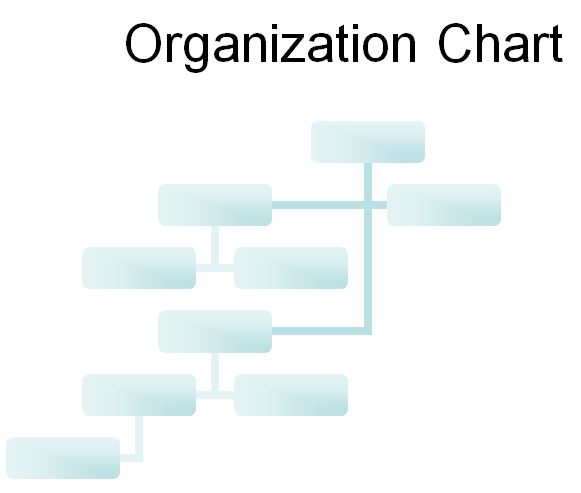The amount and scope of work that I’ve suggested in the previous posts as being necessary to successfully implement an OER core K-12 curriculum is not trivial. Most OER publishers don’t have a full marketing team, a sales force, implementation and professional development staffs, or ongoing support and product updates teams. The cost of these resources is significant as well.
However, there are several models that OER publishers can consider for how revenues are collected and services rendered. In particular, for those who are not prepared to manage and staff the various additional project offerings themselves, partnerships provide an option:
- The publisher could develop and sell these products and services itself. Doing so would require development and sales resources (some of which could be contracted out), but would result in the publisher collecting 100% of the revenues.
- The publisher could develop these products and services and then license them to third-parties to sell and deliver them in exchange for some agreed upon royalty. This would require a lower level of investment and would result in a lower level of revenue. This model may be challenging because of the typically low margins in this type of work; however, it could work with the right partners.
- The publisher could cultivate partners who are interested in developing, selling, and delivering these products and services themselves. (In fact, since the publisher’s curriculum is open licensed, it is likely that some third-parties may undertake this with or without the guidance of the publisher.) This would require minimal investment on the part of the publisher, other than cultivating the relationships, and though bringing in no additional revenue, could substantially boost the adoption of the product. Potential partners for this work could include other commercial publishers, schools services providers, or intermediate educational agencies.
- Some combination of the above
(This is a part of a series on business models for OER K-12 core curriculum.)

